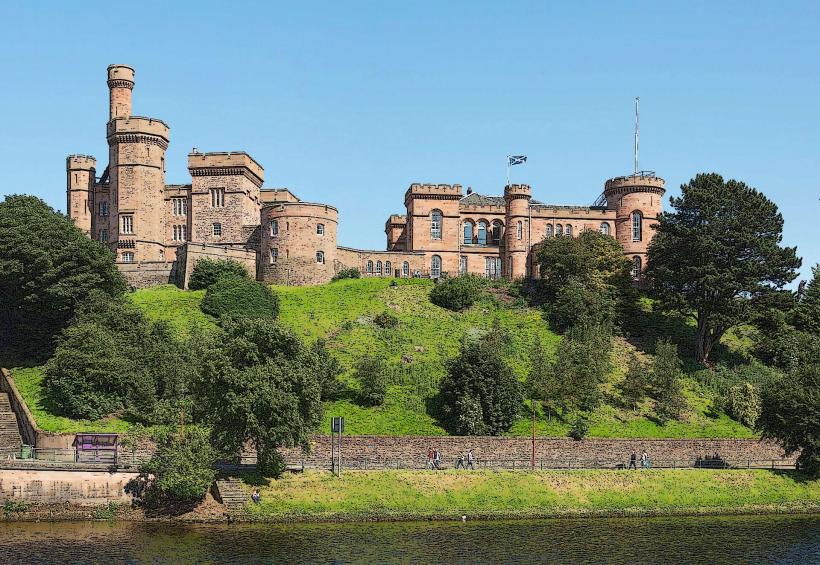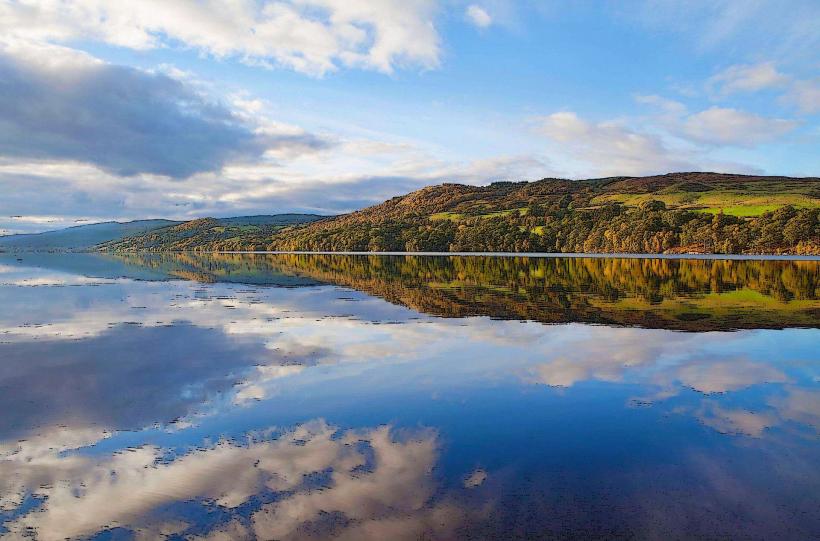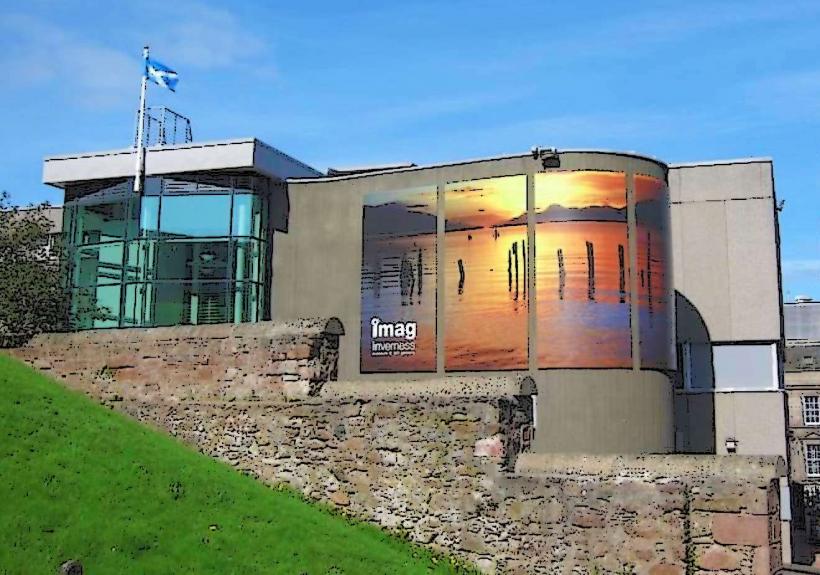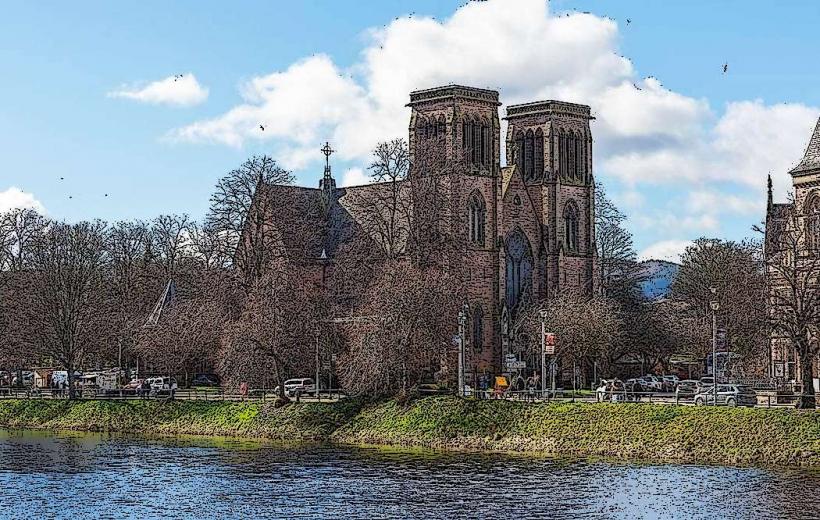Information
Landmark: Culloden BattlefieldCity: Inverness
Country: United Kingdom
Continent: Europe
Culloden Battlefield is a historic site located near Inverness in the Scottish Highlands, and it marks the location of the Battle of Culloden, the last clan battle fought on British soil. The battle, which took place on April 16, 1746, was a significant turning point in Scottish and British history, as it marked the end of the Jacobite rising and the collapse of the Jacobite cause, which aimed to restore the Stuart monarchy to the British throne.
Today, Culloden Battlefield is a protected heritage site and one of Scotland's most important landmarks. It is preserved as a national trust site and is open to the public, offering visitors a chance to learn about the events surrounding the battle, its impact on Scottish history, and the lives of the people who fought and died there.
Background of the Battle
The Jacobite Rising: The Jacobite cause was a political movement aimed at restoring James II of England and VII of Scotland and his descendants to the throne. The movement had the support of many in Scotland, especially from Highland clans, as well as parts of Ireland and France. The Jacobites had previously made attempts to reclaim the throne in the early 18th century, but they were unsuccessful.
In 1745, Charles Edward Stuart—the grandson of James II, known as Bonnie Prince Charlie—landed in Scotland with an army of exiled Scots and French soldiers. The rebellion gained momentum, and the Jacobites captured much of Scotland, including Edinburgh. However, the movement was facing increasing resistance from the British government, which was led by King George II.
The Battle: The Battle of Culloden was the final confrontation between the Jacobite forces, which numbered around 5,000, and the British government army, led by William Augustus, Duke of Cumberland, the son of King George II. The government forces were well-trained and well-equipped, numbering about 9,000 soldiers, and they decisively defeated the Jacobite army in just under an hour.
The battle was fought on the moorland near Culloden House, just outside Inverness, and it was a devastating defeat for the Jacobites. The outcome ended the Jacobite rebellion and crushed the hopes of many who had supported the Stuart cause. Bonnie Prince Charlie fled to France, and many of the Highland clans that had supported him were left decimated.
Aftermath of the Battle
Devastation to the Clans: After the defeat at Culloden, the British government enacted severe measures to suppress the clans and Highland culture. These included the Act of Proscription (1746), which banned the wearing of traditional Highland dress, such as the kilt and the bagpipes, and restricted the power of the clans. Many Highlanders were killed during the battle, and those who survived faced harsh punishment, with some being executed, imprisoned, or forced into exile.
The battle and its aftermath marked the end of the traditional clan society in the Highlands. The Scottish Highlands would never be the same after Culloden, as the British government sought to impose greater control over the region.
Symbolic Importance: Culloden became a symbol of Scottish resistance and a pivotal moment in the struggle for Scottish independence. Over the years, the site of the battle has become a powerful symbol of the Highland way of life and the tragic fate of the Jacobite movement.
Culloden Battlefield Today
Visitor Center: The Culloden Battlefield Visitor Centre, located near the battlefield site, is a modern facility that provides a comprehensive overview of the battle, the Jacobite rising, and the people who fought in it. The center includes:
- Exhibits: Interactive exhibits showcase the history of the battle, with detailed accounts of the events leading up to it and its aftermath. There are also displays about the key figures involved in the conflict, including Bonnie Prince Charlie and Duke of Cumberland.
- Audio-Visual Presentations: A short film about the battle is shown in the visitor center, giving visitors a visual and emotional understanding of the significance of Culloden.
- Artifacts: The center displays a range of artifacts, including weapons, clothing, and items used by soldiers during the battle, as well as personal items belonging to soldiers and their families.
The Battlefield: The actual battlefield is preserved and open to visitors. A walking trail leads visitors across the moorland, with interpretation boards and memorials marking key locations on the battlefield. Key features of the battlefield include:
- The Jacobite Memorial Cairn: A prominent stone cairn marks the spot where many of the fallen Jacobite soldiers were buried. The cairn bears the names of those who fought and died during the battle.
- The Government Army Memorial: A memorial to the government troops who fought at Culloden is located near the site where the British forces stood during the battle.
- Mass Graves: The battlefield contains several mass graves where the bodies of fallen soldiers—both Jacobites and government troops—were buried.
- Culloden House: Although the house itself is not open to the public, the battlefield is located just outside Culloden House, which was the headquarters for the government forces during the battle.
Culloden Wood: Nearby, Culloden Wood is a peaceful area with walking trails. The wood is home to a variety of wildlife and provides a serene environment for reflection on the battle’s historical significance.
Key Historical Figures
Bonnie Prince Charlie (Charles Edward Stuart): The leader of the Jacobite army, Bonnie Prince Charlie was the grandson of James II of England and was widely seen as the rightful heir to the throne. His failed campaign to regain the throne ended at Culloden, and after the battle, he fled to France, where he spent the rest of his life in exile.
Duke of Cumberland (William Augustus): The son of King George II, the Duke of Cumberland commanded the government forces during the Battle of Culloden. His victory at the battle earned him the title of "Butcher Cumberland" due to the ruthless treatment of the wounded Jacobites and the subsequent harsh reprisals against the Highland population.
Cultural and National Significance
Symbol of Scottish Identity: Culloden holds a special place in the hearts of many Scots and is a site of national pride. It has become a symbol of Scottish resistance and is often linked to the broader themes of Scottish independence and the preservation of Scottish heritage.
Legacy: In addition to the battle’s historical importance, Culloden remains a potent symbol of the Highland culture and its struggle against British rule. The story of the battle and the Jacobite rising is often remembered in Scottish literature, song, and film, particularly in connection with the themes of family, clan loyalty, and the tragic end of the Jacobite cause.
Commemoration: The annual Culloden Memorial Day is held to honor those who fought and died at the battle, and re-enactments of the battle are sometimes staged to bring attention to this crucial moment in Scottish history.
Visiting Culloden Battlefield
Opening Hours: The visitor center is typically open year-round, but hours may vary depending on the season. It’s advisable to check the opening times before visiting.
Admission: There is an admission fee for the visitor center and guided tours. Admission fees help support the conservation and upkeep of the site. There are discounts available for children, seniors, and families.
Accessibility: Culloden Battlefield is accessible by car, bus, and organized tours from Inverness, which is approximately a 10-minute drive away. The walking trails around the battlefield are well-maintained, though some parts may be challenging for those with limited mobility.
Conclusion
Culloden Battlefield stands as a poignant reminder of Scotland's turbulent history and the end of the Jacobite rebellion. It offers visitors a chance to step back in time and reflect on the bravery, loyalty, and tragedy of those involved in the battle. With its visitor center, battlefield memorials, and peaceful surroundings, Culloden continues to be a site of historical significance and national pride. Whether you're a history enthusiast, a cultural traveler, or someone interested in learning more about Scotland’s past, Culloden Battlefield is an essential part of the journey into Scotland's rich heritage.





